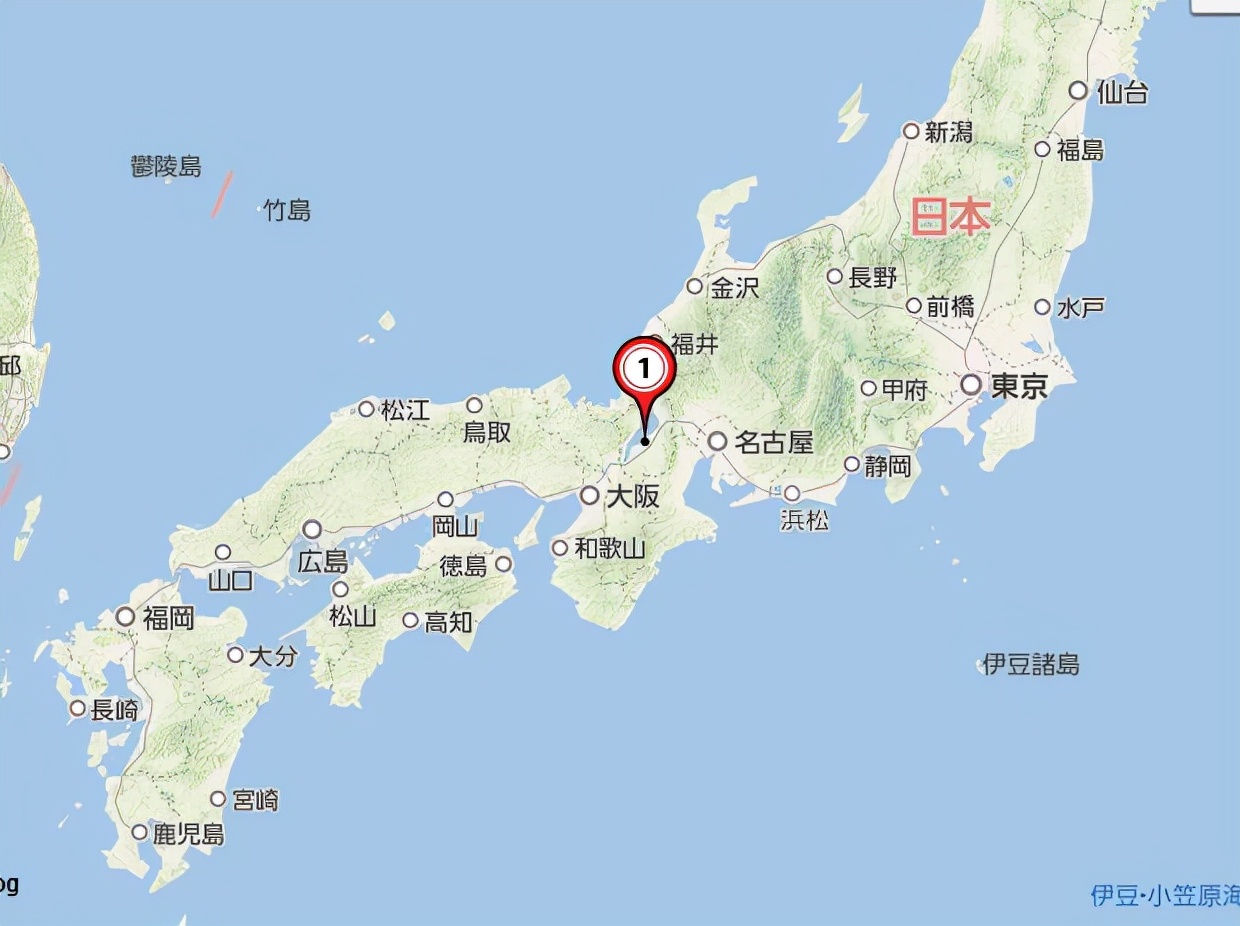Lake Biwa, the largest freshwater lake in Japan, covers an area of 674 square kilometers, has a shore circumference of 241 km, an average depth of 41.2 m, and a maximum depth of 103.58 m. In terms of area, Lake Biwa is unremarkable. However, according to geographers, Lake Biwa was formed about 4 million years ago (some say 6 million years ago), and is the third oldest lake in the world after Lake Baikal and Lake Tanganyika.

Location of Lake Biwa
On the small Japanese archipelago, Lake Biwa (slightly smaller than China's Chao Lake) with an area of 674 square kilometers is already a large lake. Lake Biwa is close to the region of Japan and famous Japanese cities such as Kyoto, Osaka and Nara. In the minds of the Japanese, Lake Biwa, like Mount Fuji, is a symbol of Japan. As the largest freshwater lake in Japan, Lake Biwa provides drinking water for 14 million people in the basin. In order to protect the ecological environment of Lake Biwa, the Japanese government has set aside Lake Biwa and its coastal area as a national park, and has formulated special laws and regulations.
The area near Lake Biwa is one of Japan's fastest-growing regions in recent years and one of the top three candidates for Japan's capital move. Japan's most economically developed and densely populated area, the "One Prefecture (Tokyo Prefecture) Two Prefectures", both provinces (Kyoto Prefecture and Osaka Prefecture) are located near Lake Biwa.
District, Japan
Before the Kanto region was developed, the region was the economic and political center of Japan. The many ancient cities located around Lake Biwa tell the story of this glorious and wonderful history to people today. The famous Warring States Of Japan's history, the Three Masters, have all left their own marks here.
In order to make accommodation convenient for traveling between Kyoto and Gifu, the main city of Oda, Oda Nobunaga built Azuchi Castle on the southern shore of Lake Biwa. In order to facilitate contact with his courtiers (Toyotomi Hideyoshi Nagahama Castle and Wise Mitsuhide's Sakamoto Castle were both near Azuchi Castle), Nobunaga later moved the castle to Azuchi Castle. Shortly after the Honnoji-ji Rebellion, Azuchi Castle was destroyed by war and turned into ruins. The ancient city of Antu is a special historical site in Japan, and some of the buildings have been restored and rebuilt according to historical records.
The restored ancient city of Antu
Nagahama Castle, located on the eastern shore of Lake Biwa, was toyotomi Hideyoshi's first castle. After Oda Nobunaga's death, in order to win over his opponents, Toyotomi Hideyoshi once ceded Nagahama Castle to Shibata Katsuya. Later, both the Toyotomi clan's Yamauchi clan and the Tokugawa clan's Naito clan were enfeoffed with the castle. During the Tokugawa shogunate, the second shogun Tokugawa Hidetada issued the "One Country, One Castle Order", which led to the demolition of Nagahama Castle. The current Ancient City of Changbin was rebuilt on the basis of the ruins of the ancient city. Ascend to the castle for a panoramic view of the beautiful Lake Biwa. Surrounded by thousands of cherry blossom trees, Nagahama Ancient City is a great place for spring outings.
At the same time, there are also historical sites around Lake Biwa, such as the ruins of Kodani Castle, the ruins of Wakayama, and many ancient Buddhist temples. These monuments bear witness to the rise and fall of Japan's Sengoku Tyrant and are a historical museum with stories.